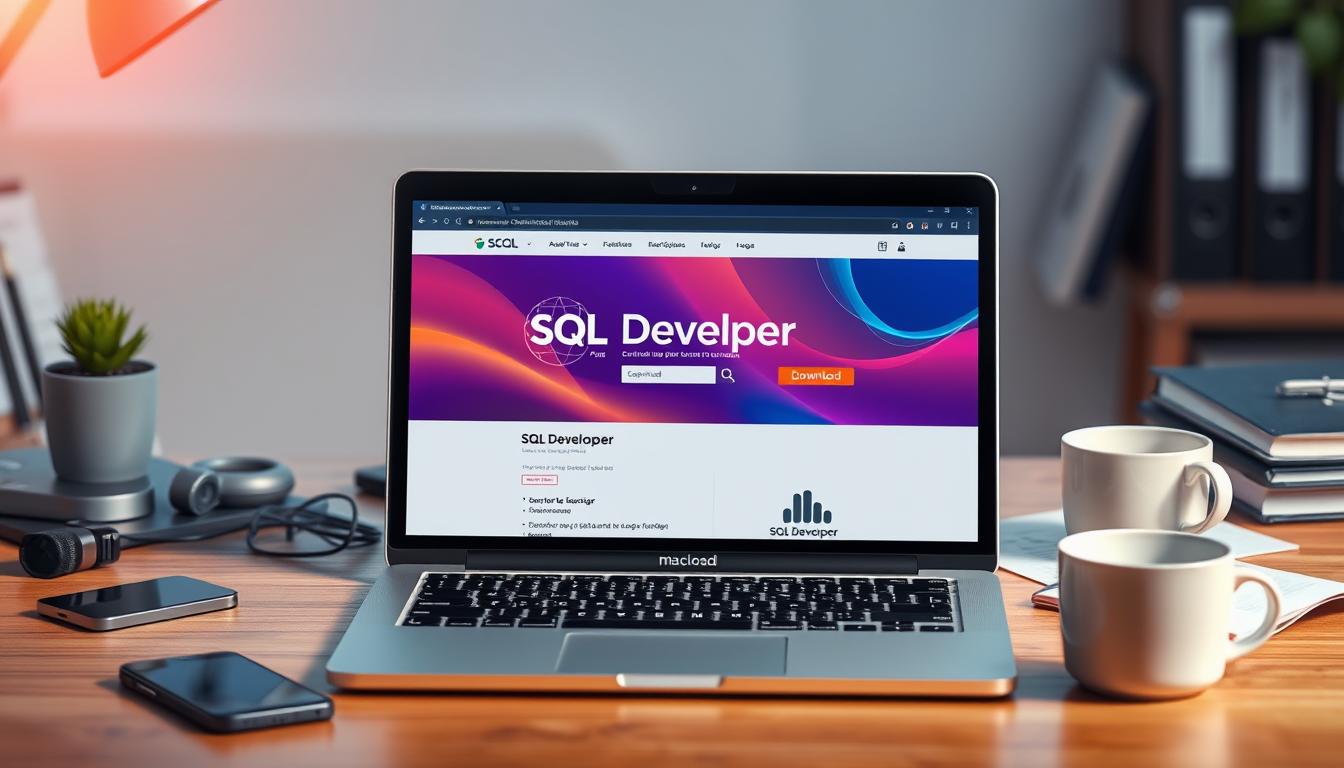Have you ever considered what happens when you uninstall Python with Brew? As developers and users, we often focus on installing the latest version rather than the implications of removing it from our systems. Understanding how to properly remove Python from your macOS using Homebrew is crucial to maintaining a clean and efficient environment. This article will guide you through the steps involved in this process, ensuring that you minimize any potential issues that could arise from residual files or conflicting versions. Let’s dive into the essential considerations for efficiently removing Python from your macOS and why Brew simplifies this crucial task.
Understanding Brew and Its Role in Package Management
Understanding Brew provides insight into its importance as a package manager for macOS. This powerful tool simplifies software management on your system, making it easier to install or uninstall applications without hassles. With a focus on Python, managing your development environment becomes more efficient through Brew’s capabilities.
What is Homebrew?
Homebrew, commonly known as Brew, is an open-source package manager for macOS. It allows users to effortlessly install and manage software on their machines. The Homebrew overview highlights its ability to automate tasks that typically require manual installation processes. Brew retrieves packages from online repositories, ensuring that you always have access to the latest versions without unnecessary complications.
Benefits of Using Brew for Managing Python
Utilizing Brew to manage Python offers various advantages that enhance your productivity. Here are some key benefits:
- Convenience: Quickly install, update, or uninstall Python versions and packages with simple commands.
- Version Management: Easily switch between different Python versions, accommodating applications that require specific environments.
- Dependency Handling: Automatically manage related dependencies, reducing the risk of conflicts that could disrupt your projects.
With these features, you can efficiently manage Python with Brew in a structured environment, ultimately improving your development workflow.
| Feature | Description |
|---|---|
| Ease of Use | Simple commands to install and manage packages. |
| Version Control | Switching between Python versions is seamless. |
| Automatic Updates | Keep your packages updated effortlessly. |
| Dependency Management | Handle related packages to avoid conflicts. |
Preparing Your System for Uninstallation
Before moving into the uninstallation process, it’s essential to adequately prepare your system. This involves confirming which Python versions are currently installed and making necessary backups of your projects. Following these steps will ensure a smooth transition and minimize the risk of losing important data.
Checking Installed Python Versions
To check Python versions on macOS, utilize the terminal. Open your terminal and input the following command:
ls /usr/local/bin/python*This command will display all the installed Python versions on your system. Identifying these versions helps you determine which one to uninstall, ensuring that you proceed with the uninstallation of the correct version.
Backing Up Your Projects
Backing up your Python projects is a critical step during the preparation for uninstallation. This process guarantees that your work remains safe. Here are some effective methods to back up your projects:
- Create a copy of your project folder on an external drive.
- Utilize cloud storage solutions like Google Drive or Dropbox for online backup.
- Use version control systems like Git to maintain a history of your project versions.
Implementing these backup strategies will help you successfully back up Python projects, reducing the chances of data loss during the uninstallation process.
| Step | Action | Tools |
|---|---|---|
| 1 | Check Installed Python Versions | Terminal |
| 2 | Backup Project Folder | External Drive |
| 3 | Use Cloud Storage | Google Drive, Dropbox |
| 4 | Employ Version Control | Git |
How to Uninstall Python With Brew
Uninstalling Python via Homebrew is a straightforward process, perfect for those who wish to maintain a clean system. Here, you will find detailed uninstall Python steps that guide you through each phase, from issuing commands to confirming whether Python has been completely removed.
Step-by-Step Uninstallation Process
To begin, open your terminal and execute the following Brew commands:
- Check for installed Python versions using the command:
brew list. This will display all packages installed via Homebrew, allowing you to identify the Python version you want to uninstall. - To uninstall Python, enter the command:
brew uninstall python. You may need to specify the version, such asbrew uninstall [email protected], depending on your requirements. - Once the command completes, run
brew cleanup. This step removes any unused dependencies and ensures a clean removal.
Verifying the Uninstallation
To verify Python uninstallation, you can use the command-line tools to check the Python version:
- Type
python --versionorpython3 --versionin the terminal. If Python uninstallation was successful, the system should indicate that the command is not found or display no version. - Additionally, you can run
brew listagain to ensure that Python no longer appears in the installed packages.
Troubleshooting Common Uninstallation Issues
Uninstalling software can sometimes lead to unexpected challenges. When using Brew to remove Python, you might encounter several uninstallation errors that can hinder your progress. Common issues include dependency conflicts and messages indicating that commands cannot be found. These issues can be frustrating, but understanding them is the first step towards a successful uninstallation.
Common Errors During Uninstallation
One frequent error is related to other packages that depend on Python, which can prevent a clean uninstall. You might also see a message stating that the version you are trying to uninstall isn’t recognized or that the uninstallation command itself is missing. These uninstallation errors can stem from a variety of factors, including incomplete installations or incorrect path configurations. Addressing these errors promptly is crucial for a seamless experience.
Tips for Resolving Issues
To resolve these common uninstallation issues, always verify your command syntax and check for any running dependencies. A good practice is to update Brew before attempting the uninstall, which can help with compatibility issues. If you encounter persistent problems, consider using Brew’s built-in troubleshooting commands, which can often provide solutions for Python uninstall errors. With these tips, you can navigate Brew troubleshooting more confidently, ensuring a smoother Python uninstallation process and minimizing downtime in your workflows.
FAQ
What is Homebrew and why should I use it for Python management?
Homebrew is a popular package manager for macOS that simplifies the installation, management, and uninstallation of software packages. Using Homebrew for Python management allows you to easily install and switch between different Python versions, manage dependencies, and keep your environment organized.
How can I check which Python versions are installed on my macOS?
You can check installed Python versions by opening the terminal and using the command brew list | grep python. This will display all Python versions currently installed via Homebrew, helping you decide which one to uninstall.
What steps should I take to back up my Python projects before uninstallation?
It’s important to back up your Python projects by creating copies of your project folders and their dependencies. You can use cloud storage or an external hard drive. Additionally, consider using version control systems like Git to track your changes and maintain backups.
What commands do I need to uninstall Python with Brew?
To uninstall Python using Homebrew, open your terminal and enter brew uninstall [email protected] (replace ‘3.x’ with the version number you wish to uninstall). This command removes the specified Python version from your system.
How can I verify that Python has been uninstalled successfully?
After uninstallation, you can verify by running python --version or python3 --version in the terminal. If Python has been successfully removed, you should see an error message indicating that the command is not found.
What common errors might I encounter during uninstallation with Brew?
Common errors include dependency issues, where other installed packages rely on the version of Python you are trying to remove, or command not found alerts. These, along with their respective solutions, will help you troubleshoot effectively.
What should I do if I encounter issues while uninstalling Python?
If you face issues, first check for error messages and consult Homebrew documentation for specific guidance. You can also seek support from community forums where similar problems may have already been addressed for help.
- How to Download SQL Developer on Mac – October 3, 2024
- How to Create an Index on SQL Server – October 3, 2024
- How to Create a Non-Clustered Index on Table in SQL Server – October 3, 2024





Leave a Reply